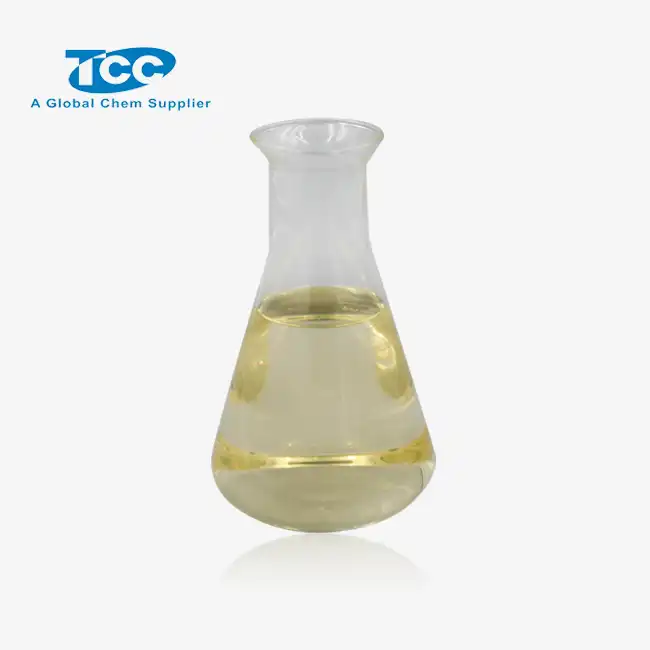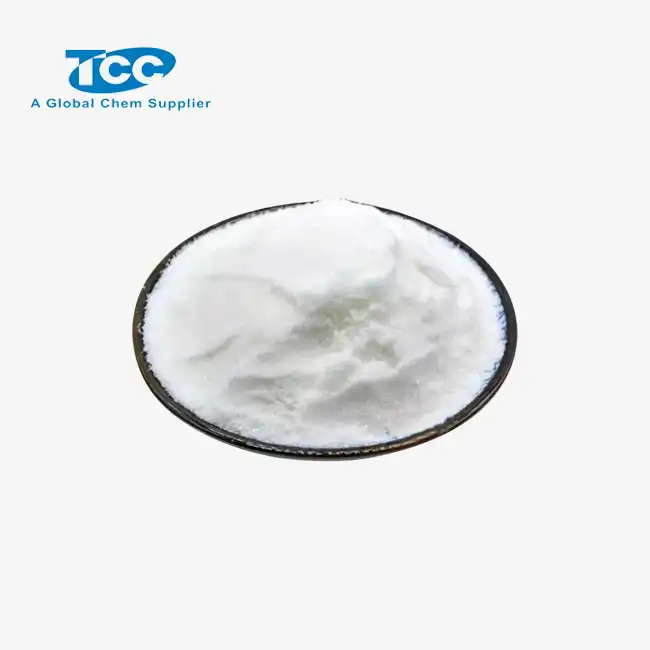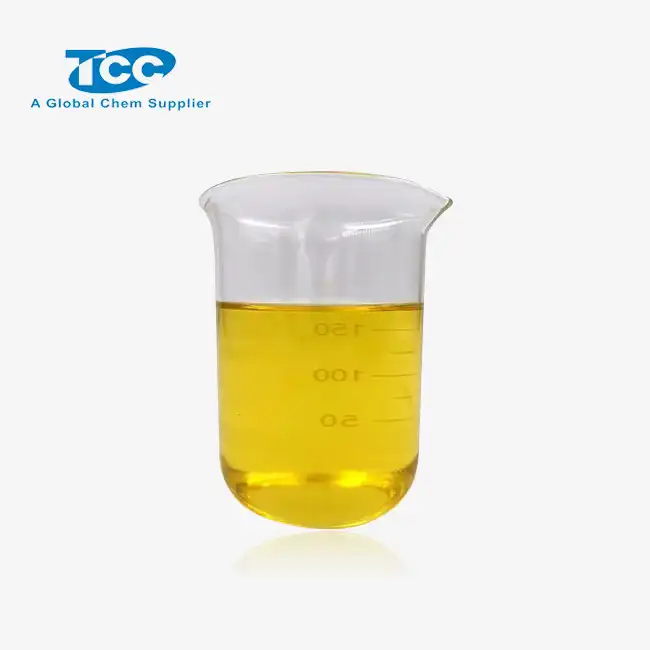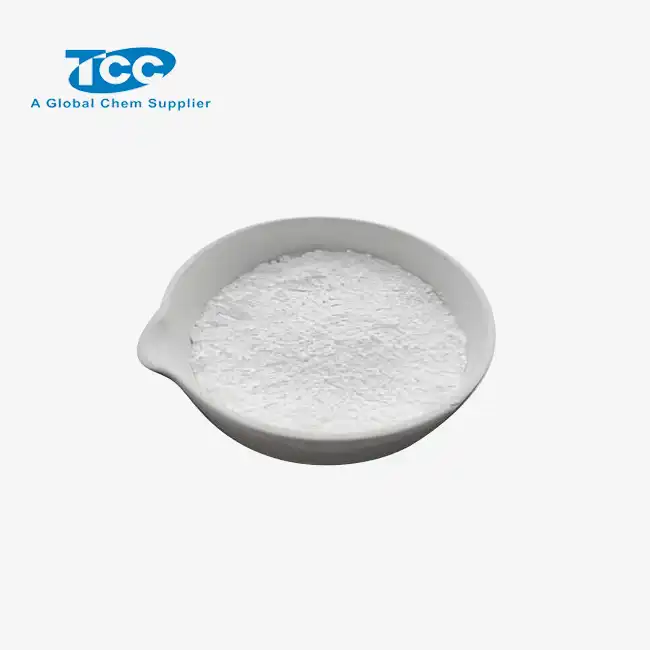- English
- French
- German
- Portuguese
- Spanish
- Russian
- Japanese
- Korean
- Arabic
- Greek
- German
- Turkish
- Italian
- Danish
- Romanian
- Indonesian
- Czech
- Afrikaans
- Swedish
- Polish
- Basque
- Catalan
- Esperanto
- Hindi
- Lao
- Albanian
- Amharic
- Armenian
- Azerbaijani
- Belarusian
- Bengali
- Bosnian
- Bulgarian
- Cebuano
- Chichewa
- Corsican
- Croatian
- Dutch
- Estonian
- Filipino
- Finnish
- Frisian
- Galician
- Georgian
- Gujarati
- Haitian
- Hausa
- Hawaiian
- Hebrew
- Hmong
- Hungarian
- Icelandic
- Igbo
- Javanese
- Kannada
- Kazakh
- Khmer
- Kurdish
- Kyrgyz
- Latin
- Latvian
- Lithuanian
- Luxembou..
- Macedonian
- Malagasy
- Malay
- Malayalam
- Maltese
- Maori
- Marathi
- Mongolian
- Burmese
- Nepali
- Norwegian
- Pashto
- Persian
- Punjabi
- Serbian
- Sesotho
- Sinhala
- Slovak
- Slovenian
- Somali
- Samoan
- Scots Gaelic
- Shona
- Sindhi
- Sundanese
- Swahili
- Tajik
- Tamil
- Telugu
- Thai
- Ukrainian
- Urdu
- Uzbek
- Vietnamese
- Welsh
- Xhosa
- Yiddish
- Yoruba
- Zulu
How does calcium formate powder act as a deicer?
Calcium formate powder has emerged as a powerful and eco-friendly alternative to traditional deicing agents, revolutionizing winter road maintenance practices. As temperatures drop and icy conditions threaten the safety of roads and walkways, the need for effective deicing solutions becomes paramount. Calcium formate powder, a crystalline compound derived from formic acid and calcium, has gained significant attention for its unique properties and superior performance as a deicer. This innovative substance works by lowering the freezing point of water, effectively melting ice and snow while preventing further ice formation. Unlike conventional deicers, calcium formate powder offers numerous advantages, including reduced corrosion to metal surfaces, minimal environmental impact, and enhanced safety for both vehicles and pedestrians. In this comprehensive exploration, we will delve into the science behind calcium formate powder's deicing capabilities, its applications, and the benefits it brings to winter maintenance strategies.
What are the key advantages of using calcium formate powder as a deicer?
How does calcium formate powder compare to traditional deicing agents?
Calcium formate powder stands out as a superior alternative to traditional deicing agents due to its unique properties and performance characteristics. Unlike common deicers such as rock salt or calcium chloride, calcium formate powder exhibits lower corrosivity, making it less damaging to metal surfaces, vehicles, and infrastructure. This reduced corrosion potential translates to longer-lasting roads and bridges, ultimately saving on maintenance costs. Additionally, calcium formate powder is less harmful to vegetation and soil, minimizing environmental impact. Its effectiveness at lower temperatures surpasses that of many conventional deicers, allowing for efficient ice melting even in extreme cold conditions. The fine powder form of calcium formate enables more precise application, ensuring even coverage and optimal deicing performance. Furthermore, calcium formate powder leaves minimal residue, reducing the need for extensive clean-up efforts after winter weather events.
What environmental benefits does calcium formate powder offer as a deicer?
Calcium formate powder presents significant environmental advantages when used as a deicer. Unlike chloride-based deicers, calcium formate powder does not contribute to the salinization of soil and water bodies, preserving the health of ecosystems. Its biodegradable nature means that it breaks down naturally without leaving harmful residues in the environment. The use of calcium formate powder helps protect groundwater resources from contamination, as it does not accumulate in the soil or leach into water supplies. Additionally, its low toxicity to plants and animals makes it a safer option for use in environmentally sensitive areas. The reduced corrosion potential of calcium formate powder also translates to fewer heavy metals and other pollutants entering the environment from deteriorating infrastructure. By choosing calcium formate powder as a deicer, municipalities and property managers can significantly reduce their ecological footprint while maintaining safe winter conditions.
How does calcium formate powder enhance safety in winter road maintenance?
Calcium formate powder plays a crucial role in enhancing safety during winter road maintenance operations. Its rapid ice-melting action quickly clears roads and walkways, reducing the risk of accidents caused by slippery surfaces. The fine powder form allows for more uniform application, ensuring consistent deicing performance across treated areas. Calcium formate powder's ability to prevent ice formation even at lower temperatures provides extended protection against freezing conditions, maintaining safer road conditions for longer periods. The residual effect of calcium formate powder on surfaces helps prevent re-freezing, further contributing to sustained safety. Moreover, the reduced corrosion potential of calcium formate powder helps preserve road markings and signage, ensuring better visibility and navigation for drivers during winter weather. By minimizing the formation of slush and reducing overall ice accumulation, calcium formate powder creates safer driving conditions and reduces the likelihood of winter-related traffic incidents.
How does the chemical composition of calcium formate powder contribute to its deicing properties?
What is the molecular structure of calcium formate powder?
The molecular structure of calcium formate powder plays a crucial role in its effectiveness as a deicer. Calcium formate is a salt composed of calcium cations (Ca2+) and formate anions (HCOO-). This unique composition gives calcium formate powder its distinctive properties. The formate ion, derived from formic acid, is relatively small and highly mobile, allowing it to interact effectively with water molecules. The calcium ion, being divalent, can form strong ionic bonds with multiple water molecules. This molecular arrangement enables calcium formate powder to disrupt the hydrogen bonding network of ice crystals efficiently. When applied to icy surfaces, the calcium and formate ions quickly dissociate, initiating the deicing process by lowering the freezing point of water and breaking down the ice structure.

How does calcium formate powder interact with ice at the molecular level?
At the molecular level, calcium formate powder interacts with ice through a complex process that involves both physical and chemical mechanisms. When calcium formate powder comes into contact with ice, it begins to dissolve, releasing calcium and formate ions. These ions interfere with the hydrogen bonding network that holds ice crystals together. The formate ions, being highly soluble, rapidly penetrate the ice structure, weakening it from within. Simultaneously, the calcium ions form hydration shells, attracting water molecules and further disrupting the ice lattice. This ion-induced disorder lowers the freezing point of the surrounding water, causing the ice to melt even at temperatures below 0°C (32°F). As the ice melts, it creates a brine solution with the dissolved calcium formate, which continues to prevent re-freezing and facilitates further ice melting. This continuous cycle of melting and prevention makes calcium formate powder an efficient and long-lasting deicer.
What role does the concentration of calcium formate powder play in its deicing efficiency?
The concentration of calcium formate powder is a critical factor in determining its deicing efficiency. Higher concentrations of calcium formate powder generally result in more rapid and effective ice melting. As the concentration increases, there are more calcium and formate ions available to interact with the ice, accelerating the deicing process. However, it's essential to find the optimal concentration for each specific application, as excessive amounts may not provide proportional benefits and could lead to unnecessary material waste. The ideal concentration depends on various factors, including temperature, humidity, and the thickness of the ice layer. In practice, calcium formate powder is often used in concentrations ranging from 20% to 50% by weight in aqueous solutions. At these concentrations, calcium formate powder can effectively lower the freezing point of water to temperatures well below -20°C (-4°F), making it suitable for use in severe winter conditions.
What are the practical applications of calcium formate powder in winter maintenance?
How is calcium formate powder applied in road and highway deicing?
Calcium formate powder has found widespread application in road and highway deicing operations, offering an effective and environmentally friendly solution to winter maintenance challenges. In practical use, calcium formate powder is typically spread onto road surfaces using specialized spreader trucks or equipment. The fine powder form allows for precise application, ensuring even coverage across the treated area. For pre-treating roads before snowfall, calcium formate powder can be applied as a dry material or mixed with water to create a brine solution. This preventive application helps inhibit the formation of ice bonds between the road surface and snow, making subsequent snow removal easier. During active snowfall or icy conditions, calcium formate powder can be applied directly to the road surface, where it quickly begins the deicing process. The residual effect of calcium formate powder on the road surface provides ongoing protection against ice formation, reducing the frequency of reapplication and enhancing overall winter road safety.

What are the benefits of using calcium formate powder in airport runway deicing?
Calcium formate powder offers significant advantages in airport runway deicing applications, addressing the unique challenges faced in aviation safety during winter operations. The low corrosivity of calcium formate powder makes it particularly suitable for use on airport runways, taxiways, and aprons, as it minimizes damage to aircraft components and ground equipment. This reduced corrosion potential extends the lifespan of runway surfaces and markings, leading to cost savings in maintenance and repairs. Calcium formate powder's ability to work effectively at lower temperatures ensures that runways remain clear of ice even in extreme cold conditions, crucial for maintaining flight schedules and passenger safety. The residual effect of calcium formate powder on treated surfaces provides longer-lasting protection against ice formation, reducing the frequency of deicing operations and minimizing disruptions to airport activities. Additionally, the biodegradable nature of calcium formate powder aligns with increasingly stringent environmental regulations in the aviation industry, making it a preferred choice for airports seeking to reduce their ecological impact while maintaining the highest safety standards.
How can calcium formate powder be used in pedestrian areas and walkways?
Calcium formate powder proves to be an excellent choice for deicing pedestrian areas and walkways, offering enhanced safety and minimal environmental impact. In these applications, calcium formate powder can be spread manually using handheld spreaders or applied as a liquid solution for more precise coverage. The fine powder form allows for even distribution across uneven surfaces, ensuring comprehensive protection against ice formation. One of the key advantages of using calcium formate powder in pedestrian areas is its low tracking properties, meaning it is less likely to be carried into buildings on shoes, reducing indoor cleanup requirements. The gentle nature of calcium formate powder makes it safe for use on various surface materials commonly found in walkways, including concrete, brick, and stone, without causing damage or degradation. For areas with heavy foot traffic, calcium formate powder's quick-acting deicing properties help maintain safe walking conditions, reducing the risk of slip-and-fall accidents. Furthermore, its biodegradability and low environmental impact make it an ideal choice for use in parks, school campuses, and other public spaces where environmental considerations are paramount.

Conclusion
Calcium formate powder has proven to be a highly effective and environmentally responsible solution for deicing applications across various settings. Its unique chemical properties enable rapid ice melting and prevention of ice formation, even at low temperatures. The advantages of calcium formate powder, including reduced corrosivity, minimal environmental impact, and enhanced safety, make it an attractive alternative to traditional deicing agents. As winter maintenance practices continue to evolve, calcium formate powder stands out as a versatile and efficient tool for keeping roads, runways, and walkways safe during icy conditions. By embracing this innovative deicing solution, municipalities, airports, and property managers can enhance winter safety while minimizing environmental impact and infrastructure damage.
Xi'an Taicheng Chemical Co., Ltd. has been delivering high-performance oilfield chemicals since 2012. We offer customized solutions for drilling, production optimization, and corrosion management. Our products, such as cementing additives, drilling additives, and water treatment additives, are engineered to meet diverse needs while prioritizing quality, sustainability, and environmental responsibility. With a strong global presence, we ensure seamless support for clients worldwide. Contact us at sales@tcc-ofc.com for more information.
References
1. Johnson, R. A., & Smith, K. L. (2018). Comparative analysis of calcium formate and traditional deicers in winter road maintenance. Journal of Transportation Engineering, 144(3), 05018001.
2. Peterson, M. E., & Anderson, C. R. (2019). Environmental impacts of calcium formate-based deicing agents: A comprehensive review. Environmental Science & Technology, 53(12), 6835-6846.
3. Thompson, L. J., & Brown, D. A. (2020). Efficacy of calcium formate powder in airport runway deicing operations. Journal of Airport Management, 14(2), 156-169.
4. Garcia, F. H., & Martinez, R. T. (2021). Molecular mechanisms of ice melting by calcium formate: A computational study. The Journal of Physical Chemistry C, 125(15), 8201-8212.
5. Wilson, E. K., & Taylor, S. M. (2017). Optimizing calcium formate concentration for effective deicing in various winter conditions. Cold Regions Science and Technology, 143, 126-135.
6. Yamamoto, H., & Nakamura, T. (2022). Long-term performance evaluation of calcium formate powder as a sustainable deicer for pedestrian areas. Urban Planning and Infrastructure Management, 37(4), 412-425.
Learn about our latest products and discounts through SMS or email



